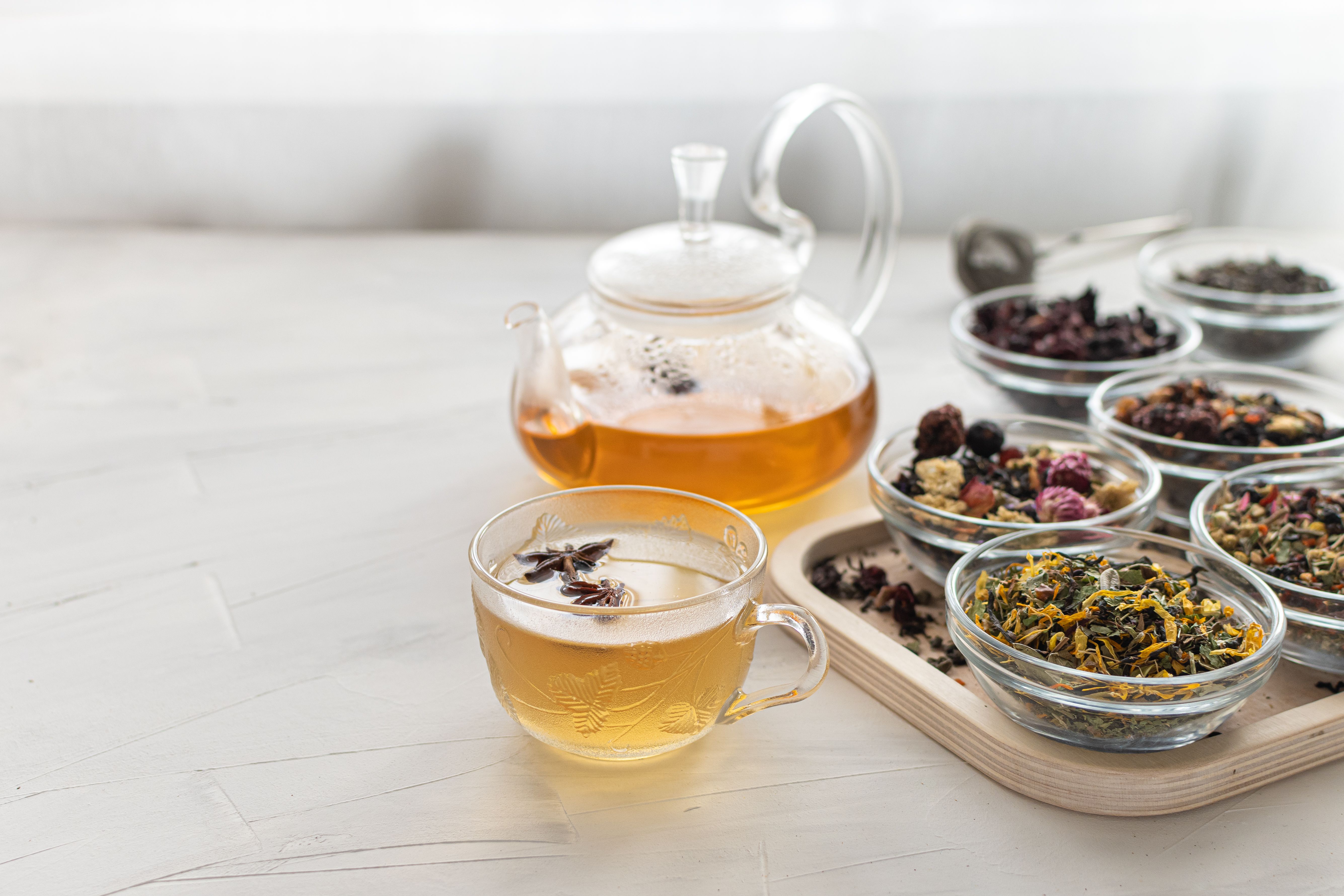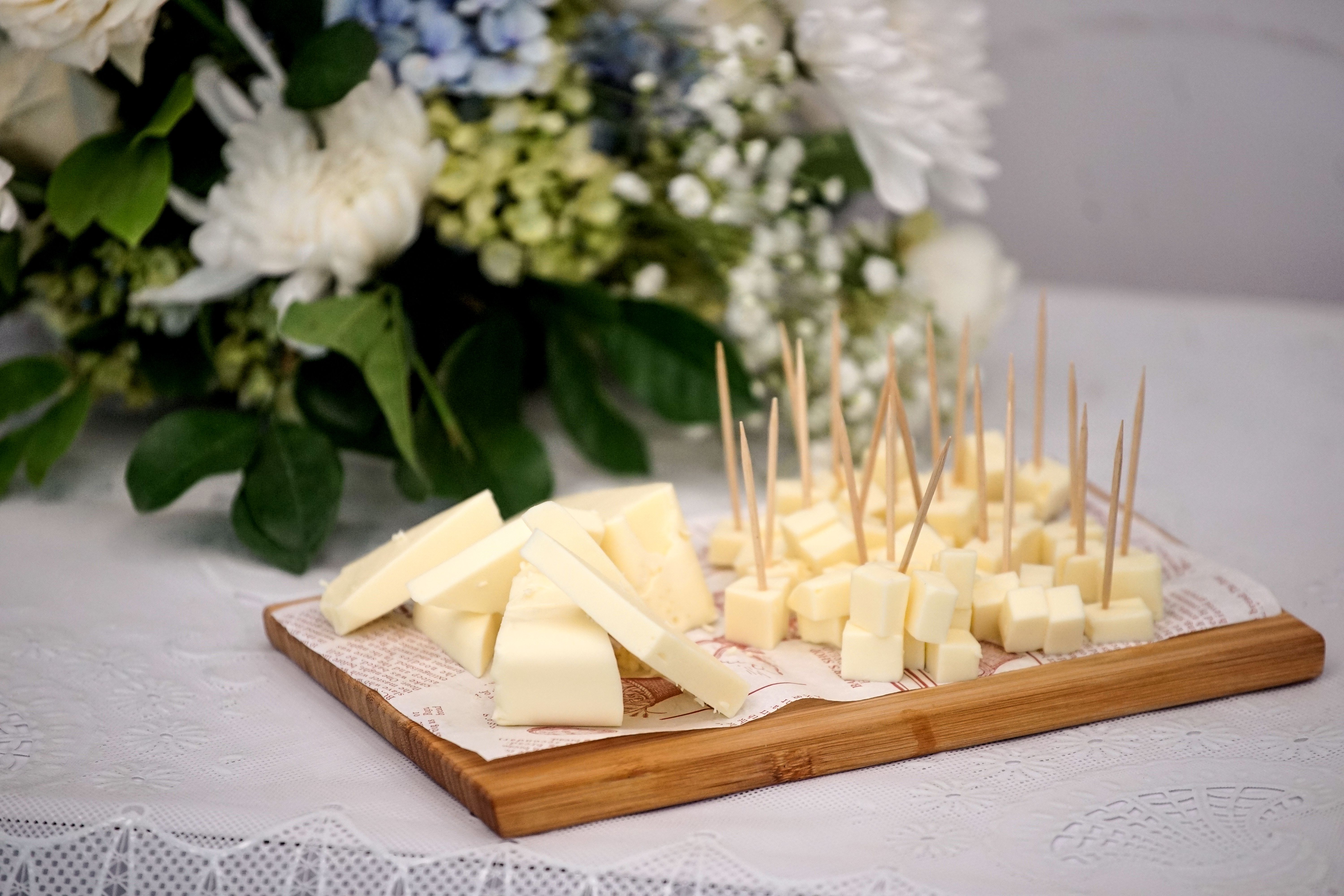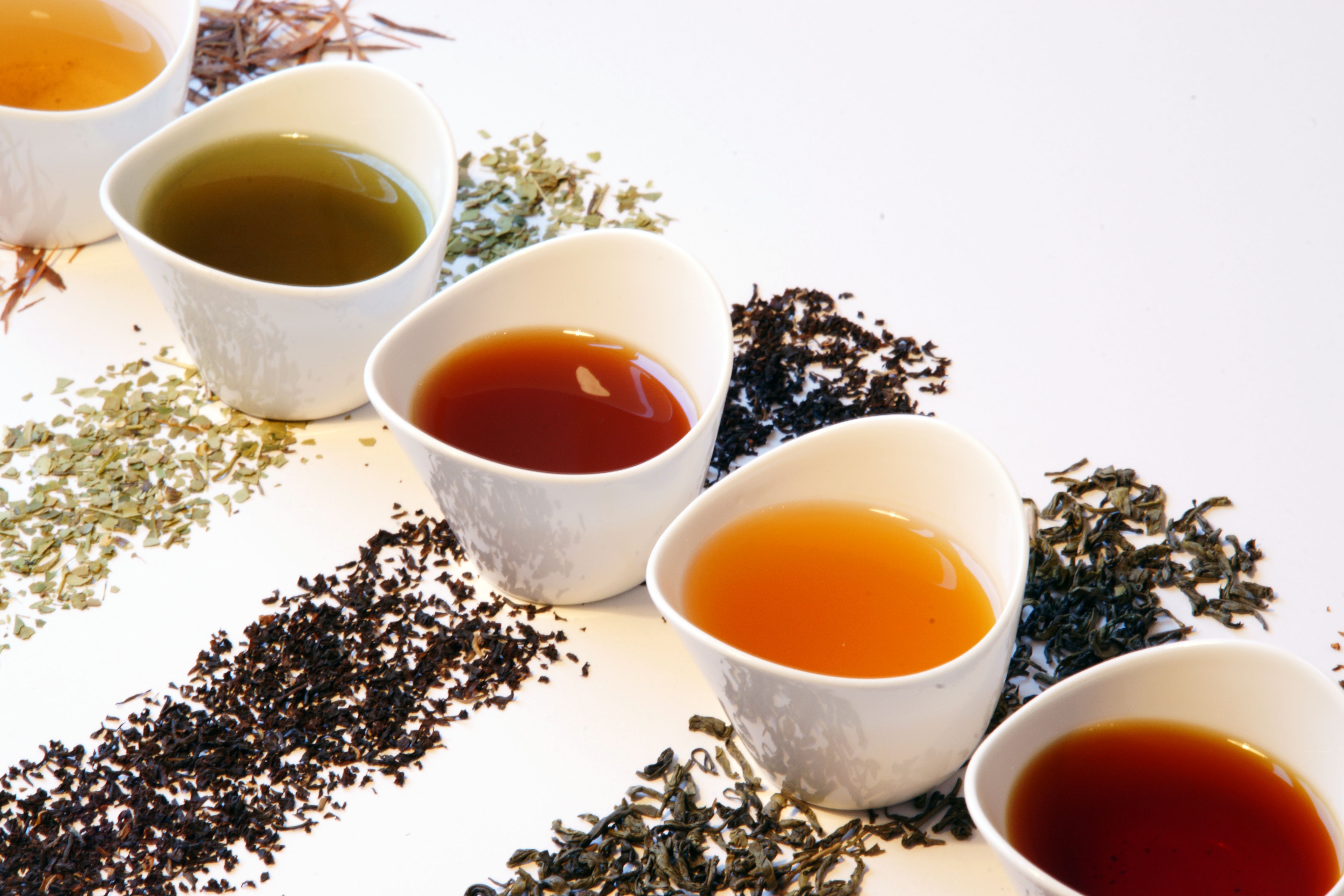The Art of Fine Tea Blending and Sourcing
The Journey of Tea Blending
The art of tea blending is a delicate balance of science and creativity, requiring a deep understanding of flavors and aromas. Tea blenders are akin to artists, crafting unique blends that tantalize the senses while telling a story through every sip. This process involves not only a keen sense of taste but also an understanding of the cultural significance and history behind each tea.
Blending begins with a vision—a desired flavor profile or theme. A master blender combines various teas, herbs, spices, and other ingredients to achieve this vision. The aim is to create a harmonious blend where no single ingredient overpowers another, yet each component contributes to the overall experience.

The Importance of Quality Sourcing
At the heart of any exceptional tea blend is the quality of its ingredients. Sourcing plays a pivotal role in ensuring that the blend meets high standards of flavor and aroma. The journey often starts in the lush tea gardens of China, India, Sri Lanka, and beyond. Each region offers distinct characteristics that can significantly influence the final blend.
Ethical sourcing is becoming increasingly important in the tea industry. Consumers today are more conscious about where their products come from and the impact they have on the environment and local communities. Sustainable practices not only support the environment but also ensure the long-term availability of high-quality tea leaves.
Crafting a Signature Blend
The process of crafting a signature blend is both meticulous and rewarding. It involves extensive trials and taste tests to refine the balance of flavors. Blenders often rely on their well-developed palate and intuition to make adjustments that enhance the blend's complexity.
To create a truly memorable blend, blenders may incorporate unique ingredients such as lavender, rose petals, or even exotic spices. These additions can elevate a blend from ordinary to extraordinary, providing depth and character that sets it apart in the market.
Understanding Flavor Profiles
The key to successful tea blending lies in understanding flavor profiles and how different elements interact with each other. A well-rounded blend should have a balance of sweet, savory, bitter, and umami notes. Achieving this balance requires a detailed knowledge of how different teas and ingredients complement each other.

Blenders must also consider the "mouthfeel" of a tea—how it feels in the mouth when consumed. This can range from light and refreshing to full-bodied and rich. The mouthfeel can significantly impact the overall enjoyment of the tea, making it an essential factor in the blending process.
Trends in Tea Blending
The world of tea blending is constantly evolving, with new trends emerging as consumer preferences shift. In recent years, there has been a growing interest in wellness blends that incorporate ingredients known for their health benefits, such as turmeric, ginger, and chamomile.
Additionally, there is a rising demand for innovative flavor combinations that challenge traditional norms. This includes everything from fruity infusions to savory blends that incorporate ingredients like seaweed or mushroom powder. These trends reflect a broader desire for unique and adventurous flavor experiences.

In conclusion, the art of fine tea blending and sourcing is a testament to human creativity and cultural appreciation. It is an ever-evolving craft that celebrates the diversity of flavors and traditions from around the world, offering tea lovers an endless array of experiences to explore and enjoy.
Commercial Kitchen Marketplace
Your one-stop online destination for equipping professional kitchens. Discover a wide selection of durable, high-quality commercial-grade appliances, from heavy-duty ovens and refrigeration units to efficient food preparation tools and essential kitchenware. Visit our store: http://avice.org
